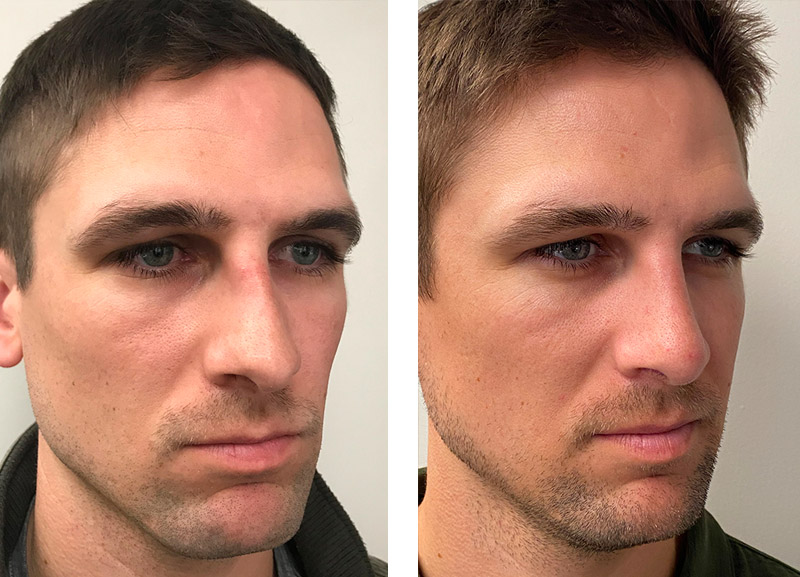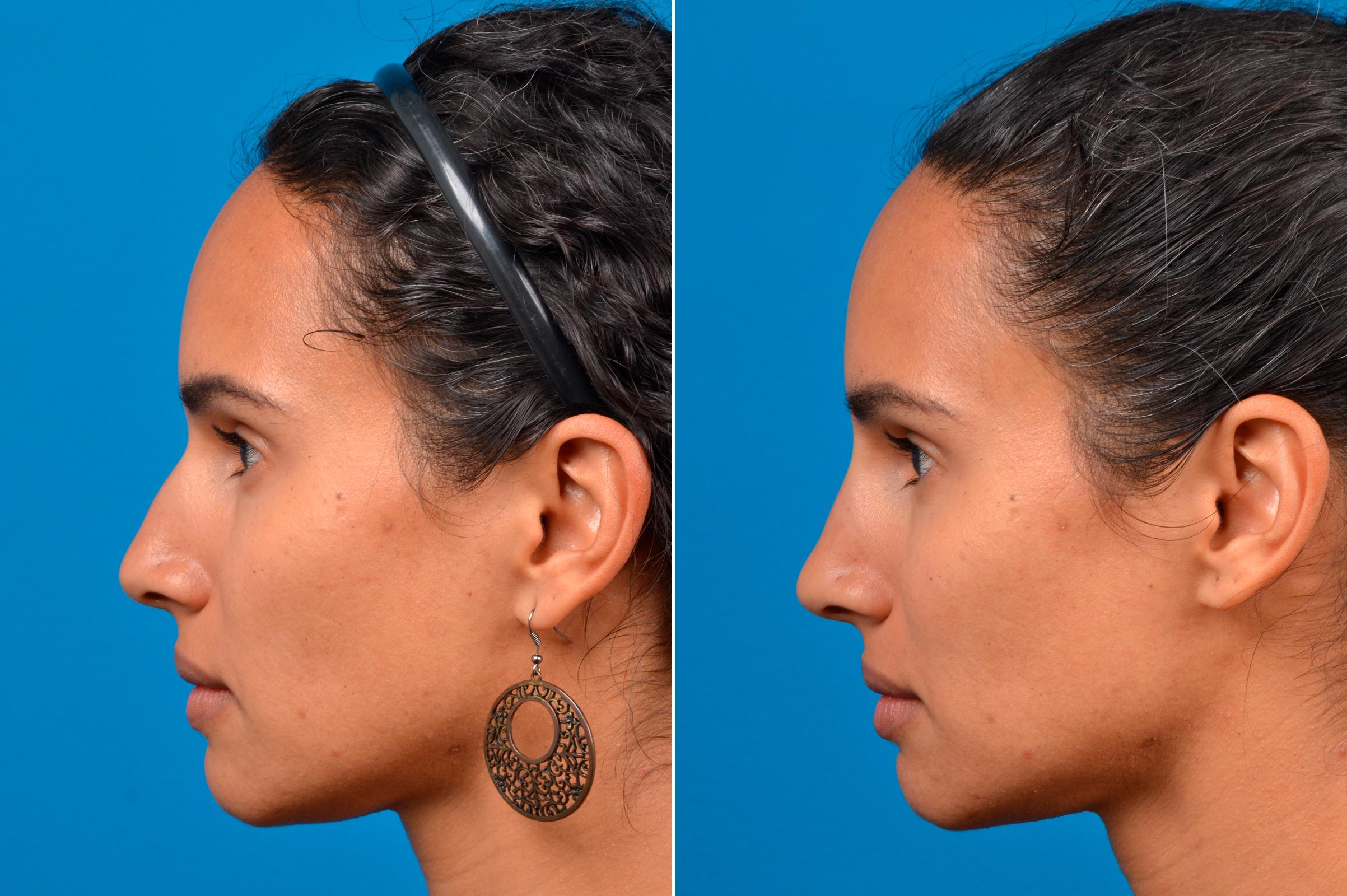Corporate Medical Policy Rhinoplasty - Questions

Facts About Nose Reshaping Surgery Asheville - Rhinoplasty Uncovered
In the early 20th century, Freer, in 1902, and Killian, in 1904, pioneered the submucous resection septoplasty (SMR) procedure for correcting a deviated septum; they raised mucoperichondrial tissue flaps, and resected the cartilaginous and bony septum (including the vomer bone and the perpendicular plate of the ethmoid bone), keeping septal support with a 1.

Rhinoplasty Vancouver - 8 West Cosmetic Surgery Clinic BC

Teen Rhinoplasty Newport Beach & Orange County
0-cm margin at the caudad, for which innovations the method became the foundational, standard septoplastic treatment. In Read This , A. Rethi presented the open rhinoplasty approach featuring an incision to the nasal septum to help with modifying the tip of the nose. In 1929, Peer and Metzenbaum carried out the very first manipulation of the caudal septum, where it stems and forecasts from the forehead.
What Does Rhinoplasty Surgery Effectiveness, Risks, and Side Effects Mean?
Cottle (18981981) endonasally dealt with a septal deviation with a minimalist hemitransfixion cut, which conserved the septum; thus, he promoted for the practical primacy of the closed rhinoplasty approach. In 1957, A. Sercer promoted the "decortication of the nose" (Dekortication des Nase) strategy which included a columellar-incision open nose job that permitted greater access to the nasal cavity and to the nasal septum.
Goodman in the later 1970s, and by Jack P. Gunter in the 1990s. Goodman impelled technical and procedural development and popularized the open rhinoplasty technique. [] In 1987, Gunter reported the technical effectiveness of the open rhinoplasty approach for performing a secondary nose surgery; his better techniques advanced the management of a failed nose surgical treatment. [] Anatomy of the human nose [modify] The structures of the nose [modify] Nasal anatomy: Squamous epithelium is one of numerous types of epithelia.
Nose reshaping (rhinoplasty) - Cosmetic procedures - NHS Things To Know Before You Buy
For plastic surgical correction, the structural anatomy of the nose consists of: A. the nasal soft tissues; B. the visual subunits and sections; C. the blood supply arteries and veins; D. the nasal lymphatic system; E. the facial and nasal nerves; F. the nasal bone; and G. the nasal cartilages. A.
Middle 3rd area the skin overlying the bridge of the nose (mid-dorsal area) is the thinnest, least distensible, nasal skin, due to the fact that it most sticks to the support structure. Lower third area the skin of the lower nose is as thicker and less mobile, since it has more sebaceous glands, particularly at the nasal tip.

